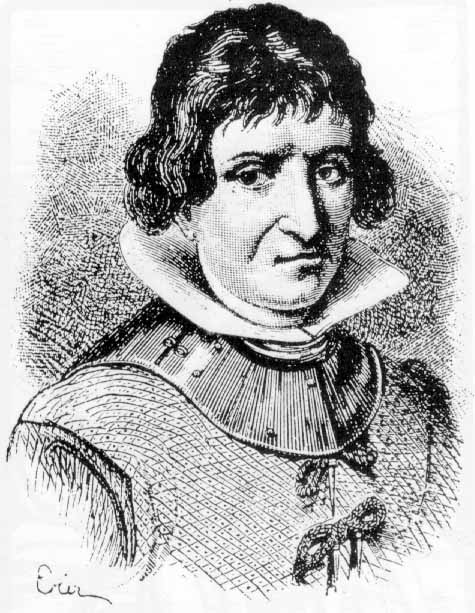Back in the 16th century, there weren’t many options for the children of Basque families. Those that weren’t destined to take over the family baserri were often left with little choice but to join the military or a religious order. The situation was even starker for women. Catalina Erauso y Pérez de Galarraga was born into a relatively well-to-do and well-connected family. Still, by the age of four, she was sent to a convent. However, that is only the beginning of her story.

- Catalina was born, according to her baptismal records, in 1592, on the Calle de la Trinidad in Donostia-San Sebastián. Her parents were Captain Miguel de Erauso and D.ª M.ª Pérez de Galarraga y Arce, natives of Donostia. Her father was a military commander and his children, including Catalina, were trained in the art of warfare from an early age.
- Catalina and her two sisters, Isabel and Maria, were sent to the convent but, only 11 years later when she was about 15, Catalina escaped. She converted her clothes into the style of men and began living life masquerading as a man, taking on a number of aliases over her life, including Francisco de Loyola (from the time she fled the convent to her time as a soldier in Chile), Alonso Díaz Ramírez de Guzmán (a name she adopted in Chile and used until she was discovered to be a woman), and Antonio de Erauso (the name she used until her death).
- As a man, Catalina had many adventures. She worked in various situations where she encountered uncles and aunts and, once, ever her father, but none of them recognized her. She eventually made her way to the Americas, starting in the Indies, where she became a soldier. One one point, she is even welcomed by the governor’s secretary in Chile, her brother, Miguel, who does not recognize her.
- In the Americas, she constantly runs into trouble. Often, after some insult, she either wounds or kills her offender. In trouble with the law, she often claims sanctuary in a church. On more than one occasion, she is set to be married, but she managed to escape these fates as well.
- As a soldier, she was ruthless and brutal. As a conquerer, she participated in the massacre of many natives. Her cruelty ultimately led to her not being promoted to higher military rank. Her response was to vandalize the countryside, killing anyone she met. She ultimately killed her brother, Miguel, in a duel, and was imprisoned for eight months.
- In 1623, in Peru, she was again arrested because of a dispute. This time, to save herself, she confessed to the bishop that she was really a woman. After being confirmed, she is protected by the bishop and eventually returns back to her homeland. It seems that she is given a special dispensation from Pope Urban VIII to live as a man. She does so until her death, back in the Americas, sometime after 1630.
Primary sources: Wikipedia; Rejected Princesses; Estornés Zubizarreta, Idoia; Izaga Sagardía, Carmen. Erauso y Pérez de Galarraga, Catalina de. Enciclopedia Auñamendi, 2019. Available at: http://aunamendi.eusko-ikaskuntza.eus/es/erauso-y-perez-de-galarraga-catalina-de/ar-39681/
Discover more from Buber's Basque Page
Subscribe to get the latest posts sent to your email.

